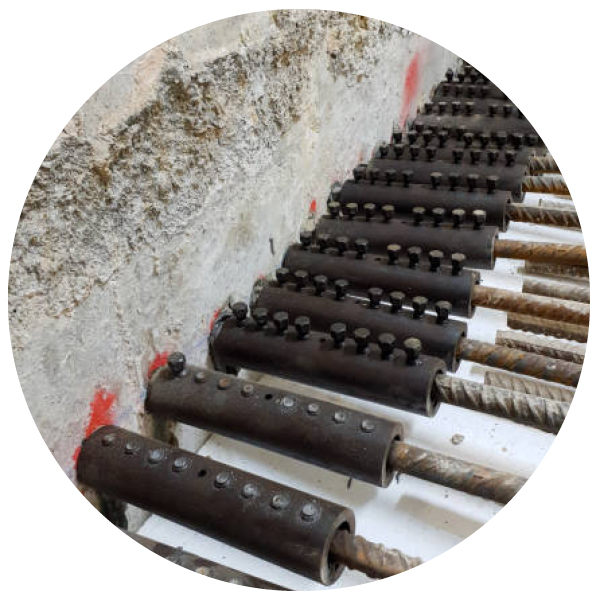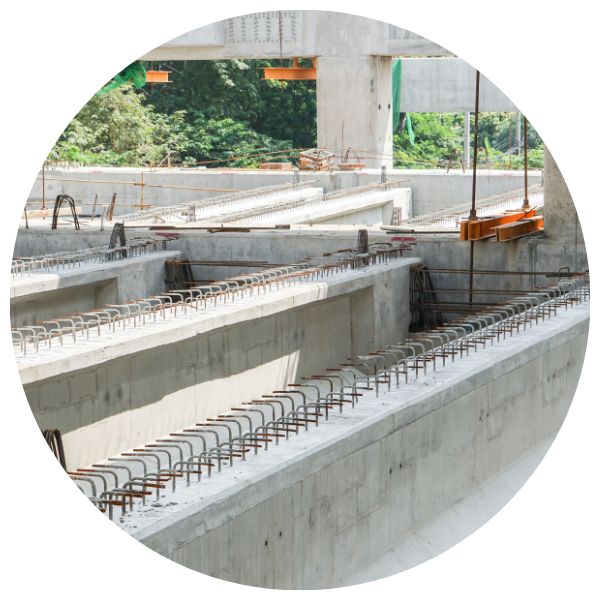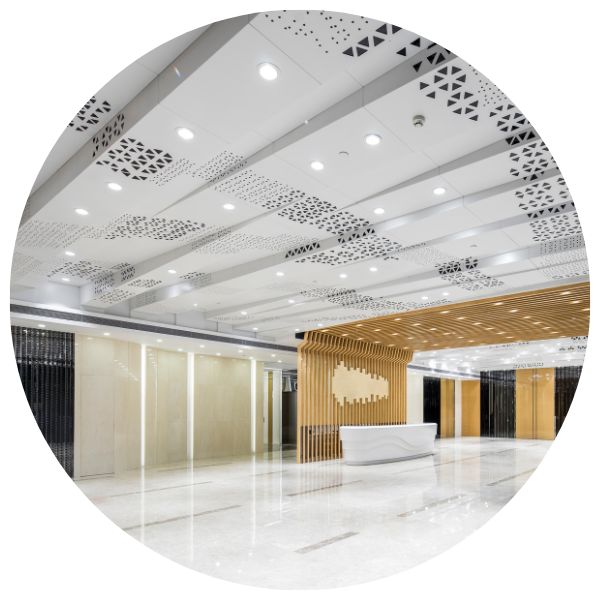By proactively addressing seismic and fire risks, commercial building owners in New Zealand can ensure the safety of occupants, protect their investments, and contribute to a more resilient built environment
Seismic strengthening and fire resistance upgrades can be incorporated into existing buildings through retrofitting, which involves modifying the structure to improve its performance

%NBS (New Building Standard) rating for a commercial building helps assess its seismic resilience, indicating its ability to withstand earthquake shaking compared to a new building built to current standards. A higher %NBS rating generally signifies lower seismic risk, potentially influencing building valuation, insurance costs, tenant attraction, and even legal obligations.
Post-tensioning can significantly benefit commercial buildings in New Zealand by enhancing structural strength, improving design flexibility


Strengthening connections in an existing commercial building in New Zealand can significantly enhance its safety and structural integrity, particularly in the face of earthquakes. By improving connections between building elements, you increase the building's ability to withstand seismic forces, reducing the risk of collapse and protecting occupants and assets. This also helps the building meet or exceed the New Zealand Building Code requirements for earthquake resistance.
Strengthening the foundation of an existing commercial building in New Zealand is crucial for several reasons, primarily due to the country's seismic activity and the potential for damage from earthquakes. It enhances structural integrity, improves safety, and helps buildings comply with building codes.


Upgrading fire resistance in an existing New Zealand commercial building enhances safety and can lead to financial benefits. Enhanced fire resistance provides increased protection for occupants and property, potentially reducing insurance premiums and avoiding costly fines for non-compliance.
Improved Insurance Rates: Buildings with enhanced seismic and fire resistance are generally seen as lower risk, potentially leading to more favorable insurance premiums.
Attracting Tenants: Businesses are more likely to lease or purchase buildings with demonstrated safety and resilience, making upgrades attractive to potential tenants.
Reduced Repair Costs: Seismic strengthening can significantly reduce damage during an earthquake, minimizing repair costs and downtime.
Reduced Risk of Injury and Death: Seismic strengthening improves a building's ability to withstand earthquakes, minimizing the risk of collapse and injury to occupants.
Fire Safety: Upgrading fire resistance measures like fire-rated walls, alarms, and sprinkler systems reduces the risk of fire spread and provides more time for evacuation.
Increased Building Lifespan:Upgrading seismic and fire resistance measures can extend the life of a building by protecting it from the damaging effects of earthquakes and fires.
Business Continuity:Reduced risk of damage and downtime allows businesses to resume operations more quickly after an event, minimizing financial losses.
Market Value:Buildings with strong seismic and fire resistance are more desirable and may command higher market values.